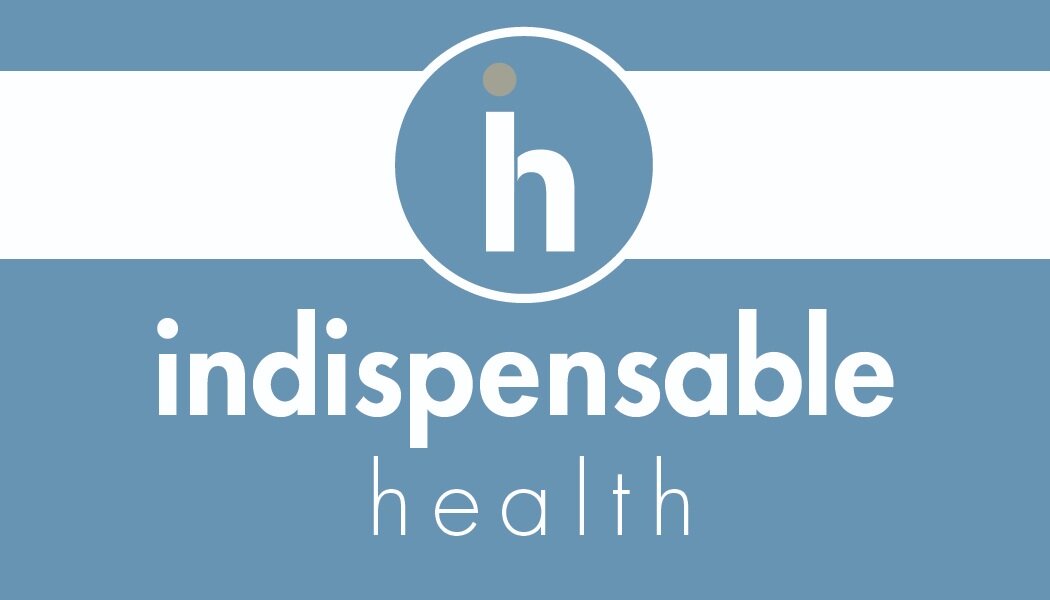Relationship between Sunlight, Vitamin D, and Seasonal Affective Disorder (SAD)
Sunlight, vitamin D, and seasonal affective disorder (SAD) are all interconnected.
Sunlight is a primary source of vitamin D, which is essential for the body to absorb calcium and maintain healthy bones. When the skin is exposed to sunlight, it produces vitamin D. However, during the winter months or in areas with limited sunlight, such as in the polar regions or during extended periods of time indoors, people can experience a vitamin D deficiency.
Low levels of vitamin D have been linked to depression and other mental health issues, including SAD, which is a type of depression that occurs during the fall and winter months when sunlight exposure is reduced. SAD can cause symptoms such as low mood, lack of energy, difficulty sleeping, and changes in appetite.
Sunlight exposure is thought to help alleviate symptoms of SAD by increasing the production of serotonin, a neurotransmitter that helps regulate mood, and decreasing the production of melatonin, a hormone that is involved in regulating sleep. In addition, sunlight exposure can also increase vitamin D levels, which may help improve mood and alleviate symptoms of depression.
In summary, sunlight is an important source of vitamin D, which is essential for maintaining healthy bones and may also have a role in regulating mood. Reduced sunlight exposure can lead to vitamin D deficiency and has been linked to SAD, a type of depression that occurs during the fall and winter months. Increasing sunlight exposure, either through spending more time outdoors or through light therapy, may help alleviate symptoms of SAD by increasing serotonin levels and decreasing melatonin levels, and may also help boost vitamin D levels.

